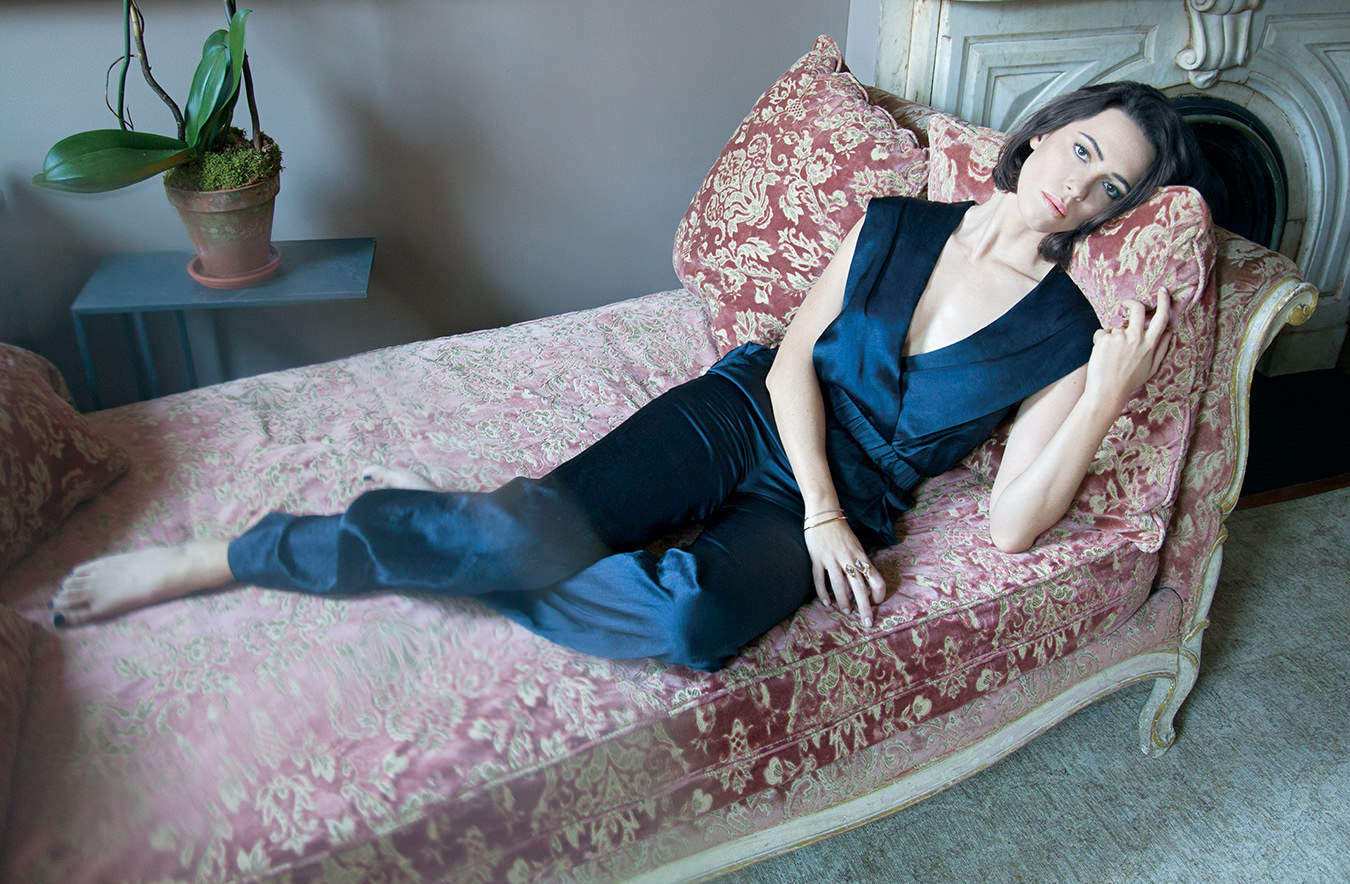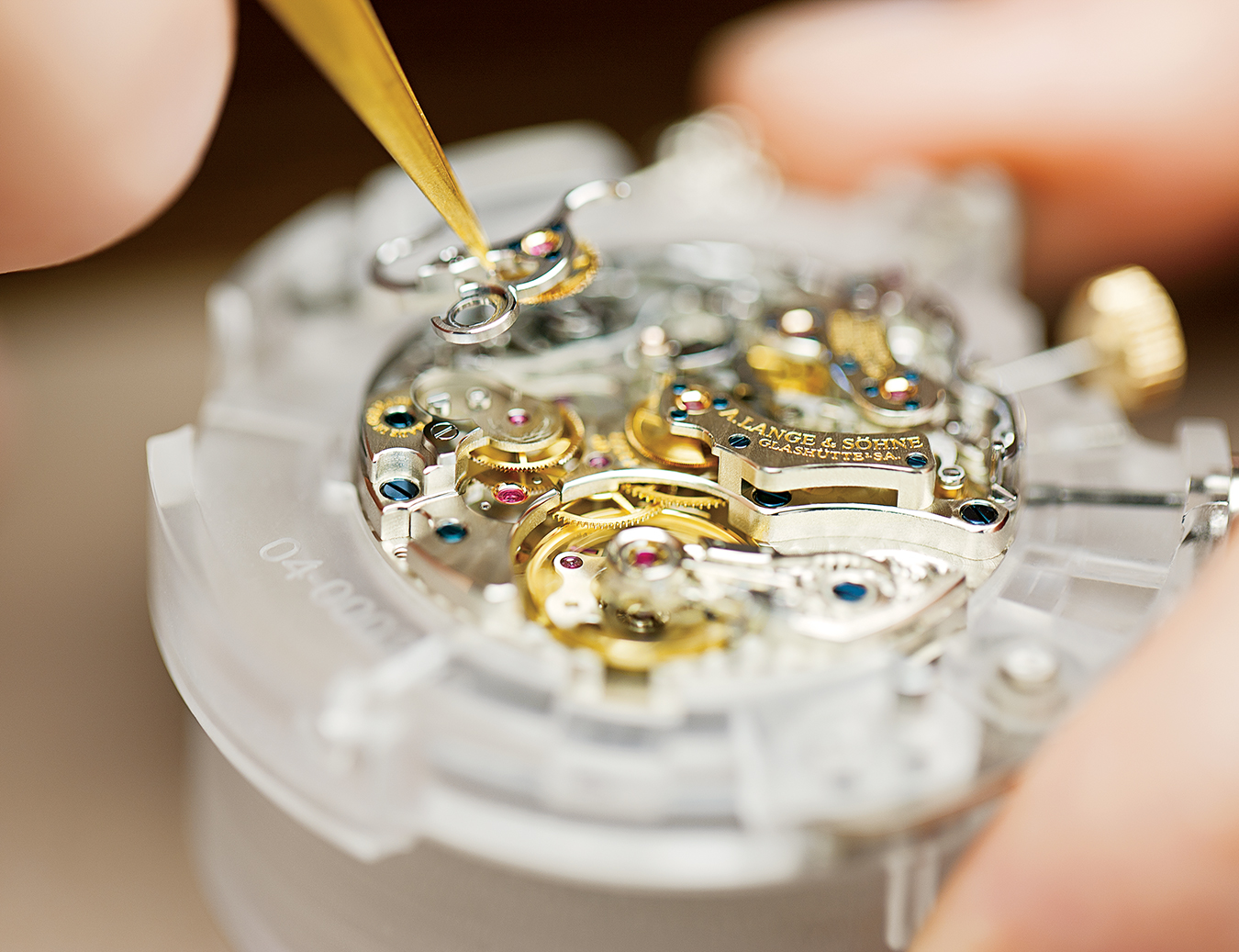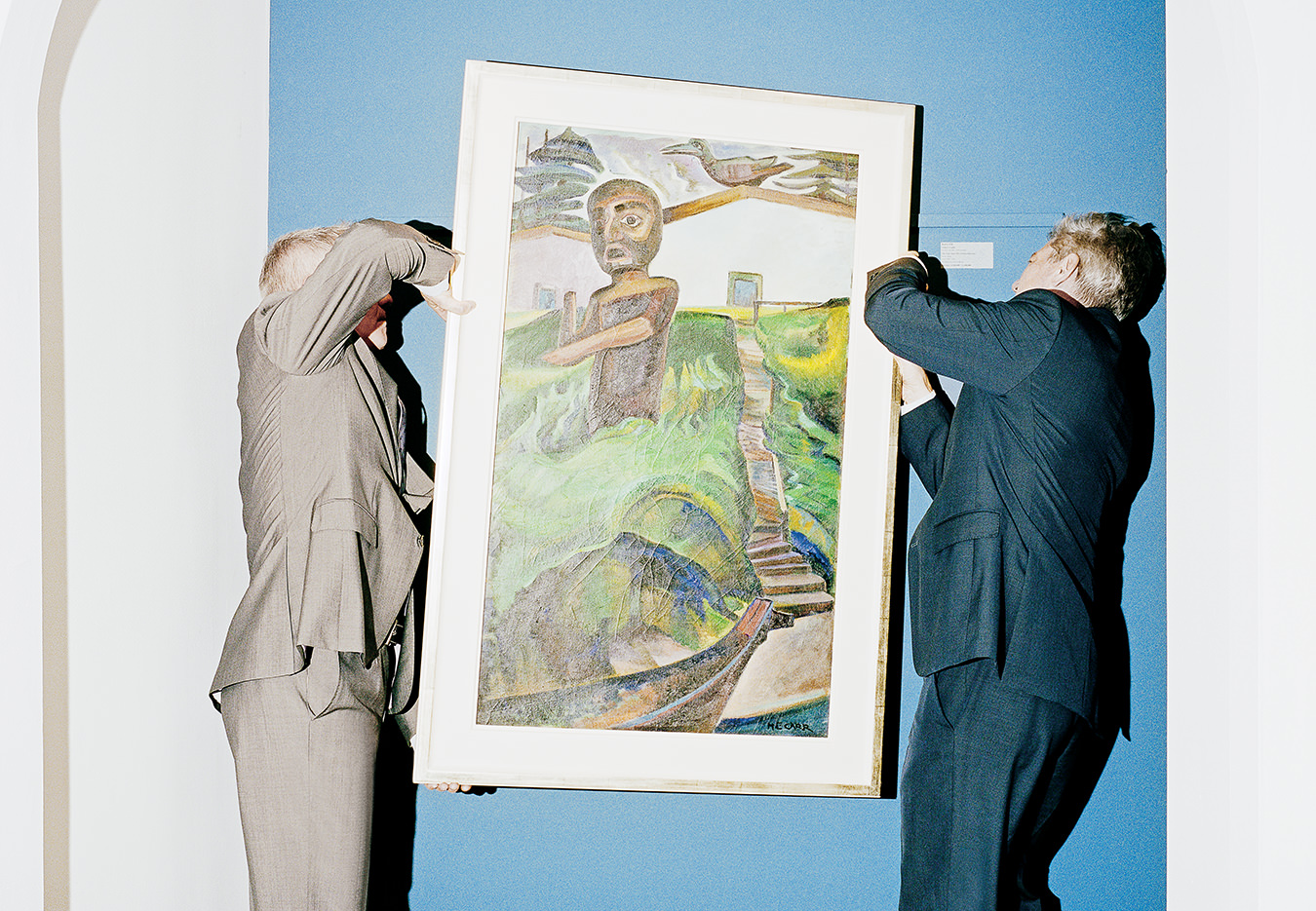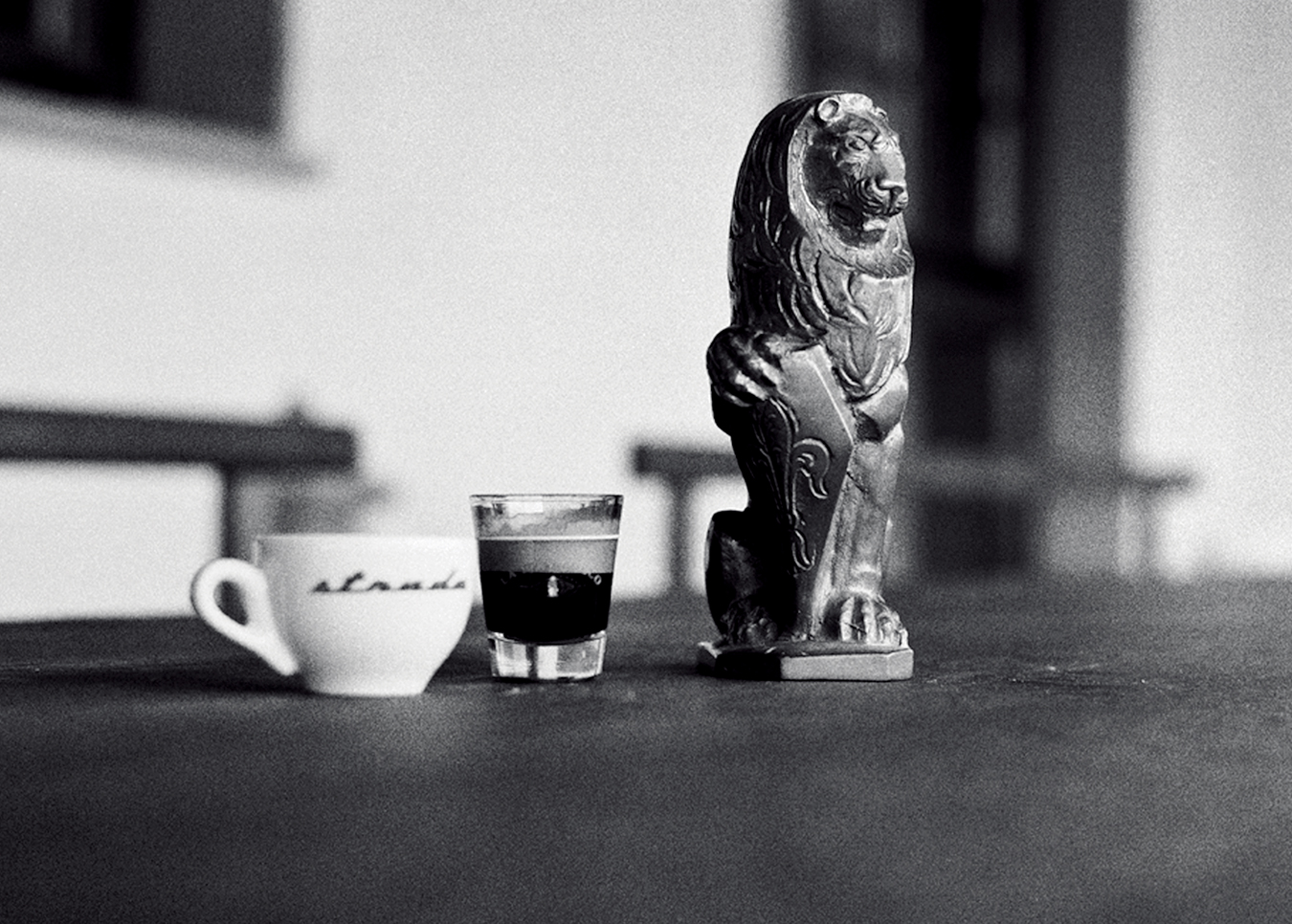-
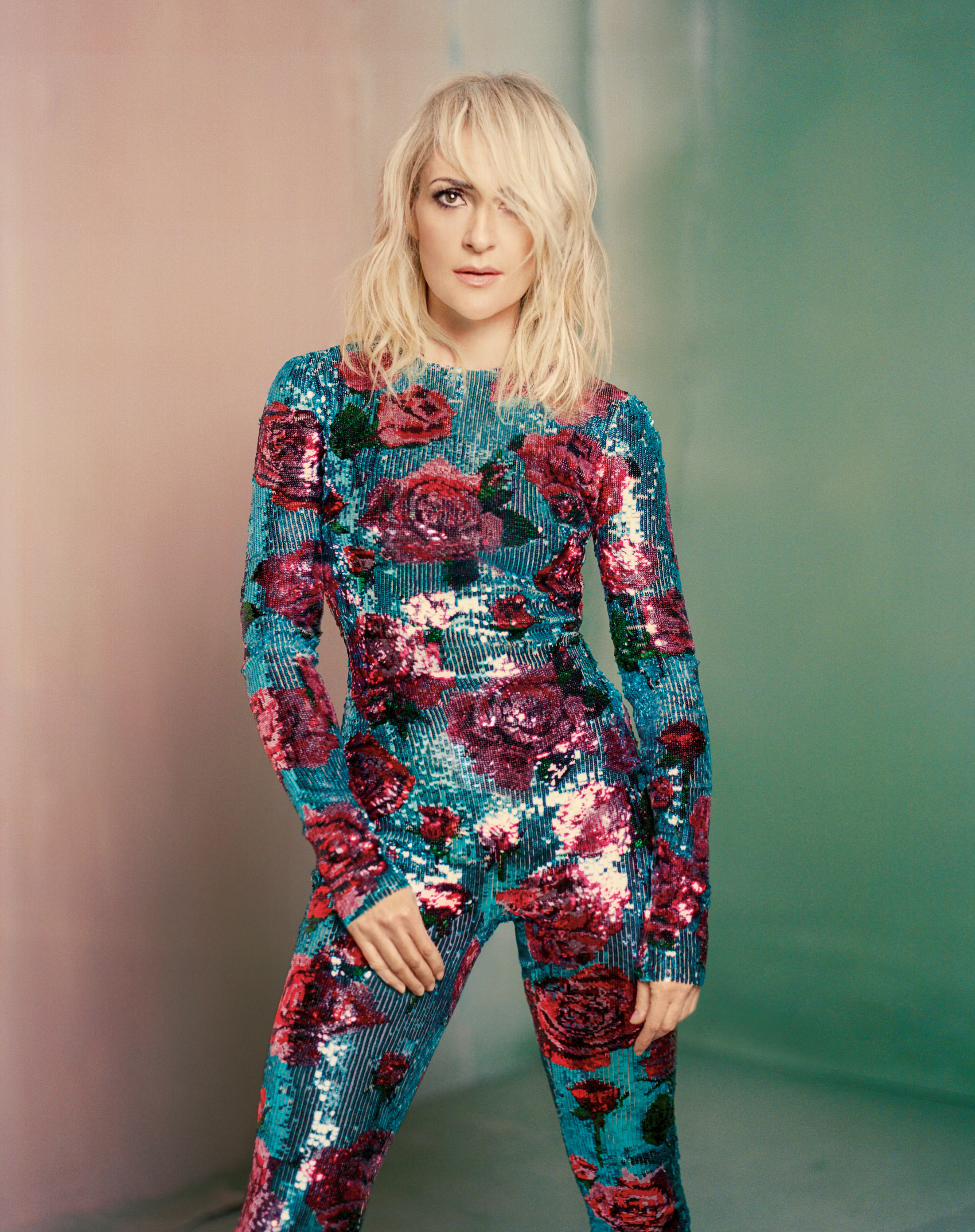
Over the past 20 years, Emily Haines has risen to fame as the frontwoman of beloved indie pop group Metric.
Haines wears a Dolce & Gabbana jumpsuit.
-

The singer-songwriter allure has been impervious to the passage of time.
Haines wears a Missoni sweater, Tiffany & Co. HardWear bracelets, and her own necklaces.
-

Choir of the Mind, her recent solo release, is a mid-life reckoning with unfinished business.
-

Haines has been making music since she was five years old, writing piano songs.
-

“In your 40s, you figure it all out,” says Haines. “I feel like I just got the job. And I’m excited for what’s to come.”
Haines wears a Missoni sweater; Versace skirt, available at Holt Renfrew; Tiffany & Co. Hardwear bracelets; and her own bra and necklaces.
Emily Haines Is Impervious to Time
Poster of a woman.

Emily Haines wants to clean house—in her music and her life. Choir of the Mind, her recent solo release, is a mid-life reckoning with unfinished business. But on this frigid day in Toronto, she must both work through the promotional cycle for her new album and prepare to go into the studio with long-time Metric bandmate and musical soulmate Jimmy Shaw to record their seventh album. It’s monastic sequestration they are about to enter, and they’re going to need sustenance. “I’m going out to find the finest cheese known to humanity,” Haines declares, standing next to Shaw in Metric’s west end studio: a combination of cozy living room and slick recording studio. A gleaming gold Princess phone on a console sits next to a vintage synth, and a phalanx of suspended guitars divides the room. Talk turns to her upcoming birthday on January 25. “Forty-four. I’m into it!” she says with a big grin.

The singer-songwriter allure has been impervious to the passage of time. Haines wears a Missoni sweater, Tiffany & Co. HardWear bracelets, and her own necklaces.
Time is the through line on Choir of the Mind, released under the name Emily Haines & The Soft Skeleton, which comes 10 years after Haines’ EP What is Free to a Good Home? under the same moniker. That theme is not just the sense of time passing, but distinct life stages that appear to circle back on themselves. Haines has been making music since she was five years old, writing piano songs, but her professional career began just over 20 years ago. After meeting Shaw and releasing an EP under the band name Mainstream, the duo renamed themselves Metric in 1998, later adding Joshua Winstead (bass guitar) and Joules Scott-Key (drums). Together, the group has released six albums; it was the splashy Fantasies (2009) that brought Metric into the international spotlight, and its follow-up Synthetica (2012) went on to become their second-biggest album. Metric was the first band in history to have their first ever top-20 U.S. commercial radio hit without the backing of a third party label. Haines says the band’s full control of its affairs is what allows her to return to the well and draw sustenance as a songwriter.
Over the past 20 years, Emily Haines has risen to fame as the frontwoman of beloved indie pop group Metric.
Singer and guitarist Amy Millan, of Stars and Broken Social Scene fame, recalls meeting Haines on the first day of Grade 11, when they were transfer students at Etobicoke School of the Arts (ESA). She and Haines were both lost, and they found each other looking for their music class; the friendship was cemented during long subway rides across town. They began singing together and Millan recalls hours spent listening to Haines play piano in the practice rooms. “I was completely blown away. Here was this young woman who seemed so formed, writing music. They already sounded to me like songs on the radio.” The two formed the band Edith’s Mission while students in Montreal, and later the duo was booked for a gig by fellow ESA alumnus Kevin Drew, better known these days as the bandleader of Broken Social Scene, and most recently the producer of Gord Downie’s final solo album. Drew first encountered Haines when he was a “minor niner” who had been convinced by some senior boys to push a penny down the hall with his nose. It was Haines, rounding a corner, who put a stop to it. “She delivered this marvellous speech about how degrading this was and that we didn’t need to listen to these people. I was dazzled,” he says, adding that he initially found her self-assuredness terrifying. “But I always made sure that when the party was ending I was close to Emily, because she knew the exit route.”

Choir of the Mind, her recent solo release, is a mid-life reckoning with unfinished business.
Haines exudes a self-assured, quiet power. Her need to make order may spring from growing up in a household of artists and having a somewhat transient upbringing; as an adult, she has embraced this restlessness. Haines was born in New Delhi to American parents, but grew up in Canada with the family relocating from the States to Toronto in 1968. It’s a move she better comprehends now, given the volatile present-day politics in America. “I’ve been watching the Ken Burns documentary series on Vietnam,” she says, “and it totally made me understand my parents leaving.” Both of her parents were teachers. Her mother, Jo, is a painter. Her father, the poet Paul Haines, was also a jazz critic, lyricist, and writer. His influence was widely heralded when he passed away in 2003. He was fiercely opinionated and had wide-ranging tastes. Her dad’s mix tapes—unlabelled, but which nevertheless had to be returned to the right place—loom large in her memory, as does the house full of books and art she grew up in. “There was a lot of chaos,” adds Shaw. “Her parents had this grand vision, but they were pretty haphazard in getting there. I think her [need for control] comes from that.”

Haines has been making music since she was five years old, writing piano songs.
In 2007, the Toronto Star published an article titled, “Indie-Rock Titan’s Enchanted Childhood” in which Haines reminisces in the first person about her childhood, fondly detailing memories of abundance and disarray. “I always remember feeling like our house was floating in space. Every room was filled with treasures from all over the world … My childhood was an enchanted time.” Haines’ longing to pare down to the precisely edited self she presents to the world makes sense, as does the sparse and deliberate aesthetic of Choir of the Mind. The backbone of this album is her piano playing—melodies that reassure, even as they push you into unfamiliar territory. Her voice, sometimes multiplied into a choir, describes paths unfollowed and plans gone awry, the “Minefield of Memory” familiar to anyone who looks back with even the tiniest bit of regret. In that song she sings, “Everybody has to know all the ways I didn’t deal with everything right,” an unsparing self-critique few would openly admit. She tells me it’s the only path forward she knows.
Emily Haines’ poet father instilled in her respect for the work of making art. “I was always taught that writers and artists were to be admired, not celebrities,” she says.
“You have to go for the thing you can’t do, always looking for where you are weak,” she explains. “If you can embrace weakness, and your flaws, and go toward what seems like uninhabitable pain … it’s a source of strength. And growth.” The hard work of songwriting leads Haines back to her father. It was he who instilled in her respect for the work of making art. It was years of listening to his collection of records that imparted to her a habit of disregarding outside voices, of pursuing her goals and ignoring the noise. Those lessons underpin all she has done since. “I was always taught that writers and artists were to be admired, not celebrities.” Though she commands attention when she steps onto the stage, you might miss that it’s never done solely for the attention.
Just as we are primed to distrust ambitious women, we are primed by the star-making machinery to see talented, charismatic women as somehow entirely made from the adulation they get. One of the most striking things about Haines in person is her strength of character and the solidity of her belief in herself. It goes beyond charisma, and in conversation her physical beauty quickly becomes irrelevant. If you’re interested in engaging in real conversation, you walk away mulling over the honesty of the self you present to the world. “This is the thing about Emily,” says Millan. “She doesn’t bend in fear of how other people will view her.”
Harsh assessment doesn’t hinder Haines: if she disagrees with someone’s take on a musical idea, she disregards it. As her artistic partner for more than 20 years, Shaw is well aware of this. “If you are even remotely transparent about trying to direct her, she’ll see it. And it’ll take a month longer.” The trust they’ve built is key. It’s something they navigated initially as both romantic and creative partners, though only the musical sparks continued to fly. “It took eight years of being together [as a couple] to realize that music was actually the thing: this musical dynamic and understanding is so much harder to find. And when you find it, it’s profound.” Though he is credited as a co-producer, Shaw believes this latest album marks the first time Haines truly had no one to answer to. “It’s the nature of the record: I was subservient to her vision.”
Choir of the Mind, her recent solo release, is a mid-life reckoning with unfinished business.
Not that she doesn’t actively seek out frank opinions. On the album’s final song, “RIP”, which evokes the Beatles with a wink, but reads like a poem on the page, Haines states, “I withhold my consent to be praised.” This sentiment is so rarely true of the fragile creative ego, especially in the music business. “One danger, and I’ve watched this happen, is that you start tallying up accolades,” she observes. It’s something she addresses directly in “Statuette”, a vignette about famous people unjustly rewarded (“another jewel in your crown”), who believe their hype to a toxic degree. It gestures toward the ugliest impulses in the world—the way some people will use others when the awards fail to satisfy. “You can buy any girl in the world,” she sings with deceptive lightness.

“In your 40s, you figure it all out,” says Haines. “I feel like I just got the job. And I’m excited for what’s to come.” Haines wears a Missoni sweater; Versace skirt, available at Holt Renfrew; Tiffany & Co. Hardwear bracelets; and her own bra and necklaces.
We return several times to the need to separate the labour of art making from the images endlessly produced and consumed in social media, something Haines has described as “visual gluttony”. She is wary of the dopamine hit that is a flurry of likes on Instagram. “The paradigm you inevitably walk into as a musician is, ‘I’m going to do this, and you are going to applaud.’ You can see it with children at recitals performing for Mom and Dad: the training becomes doing it for the applause.” It’s not lost on her that this transaction is what drives the music business, which is why Metric’s present autonomy is a core value. “If I refuse to engage in that, then my work is my own. No question, it’s challenging: the acclaim, whether it’s pure sugar or sour, hugely inflated congratulatory quotes—that shit will kill you.” It’s the reason Metric has remained an independent band for 20 years. Because the band members exert meticulous control over their image and it’s one that’s highly polished, fans and casual listeners alike might assume there’s a huge machine behind them, rather than roughly the same number of people for the better part of two decades.
“If you can embrace weakness, and your flaws, and go toward what seems like uninhabitable pain … it’s a source of strength. And growth.”
Emily Haines writes all the time. She starts new songs while working on other songs, she writes when she’s on tour and on holiday. She began making solo albums because, according to Millan, it was time to put all the songs somewhere. Drew describes watching her construct a song, from the ground up, with the other musicians in Broken Social Scene. “I never encountered a bad idea with Emily musically. She’s always brought such great stuff to the table.” Shaw laughs when I share this anecdote with him. “I agree with Kevin. She has a lot of ideas—a lot—but if we pursue them all, we could miss the best ones.”
There is no shortage of new ideas for Haines. Every album opens up a new landscape. “I’ve spent a fair amount of time coming to terms with the specialness of what we have created together,” she says. “I try consciously to free myself of any sense of being owed something. It’s one of the pitfalls if you make it this long, which I really feel I’m at the beginning of. In your 40s, you figure it all out. I feel like I just got the job. And I’m excited for what’s to come.”
Stylist: Skye Kelton for the Plutino Group.
Stylist’s Assistant: River Robinson.
Makeup and Hair: Susana Hong for P1M.
Set Designer: Caitlin Doherty.
Never miss a story, sign up for NUVO’s weekly newsletter, here.

